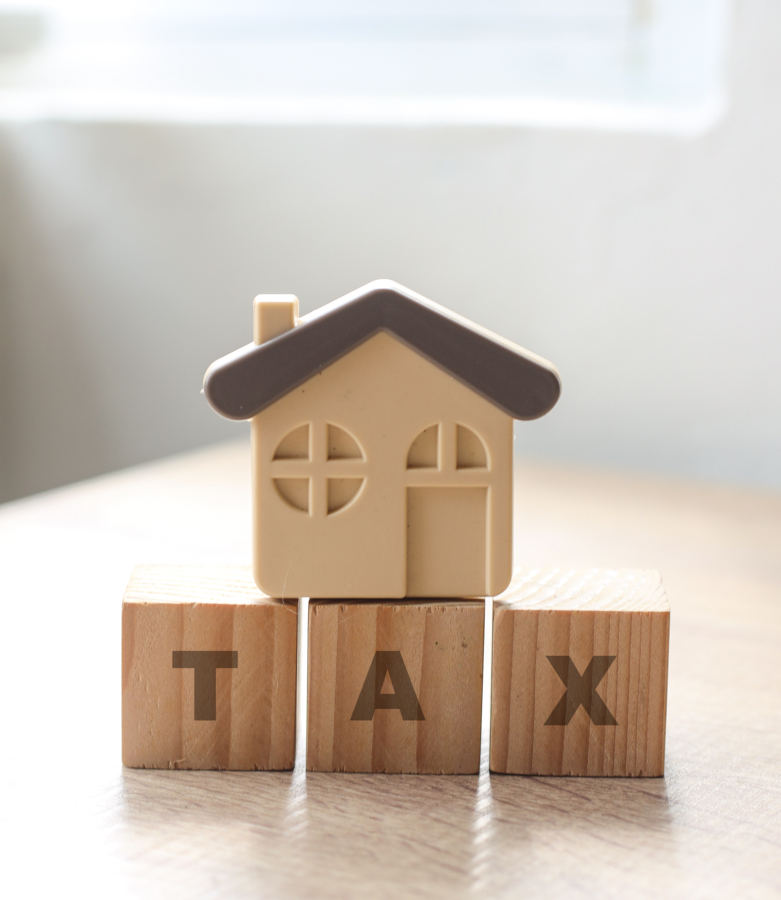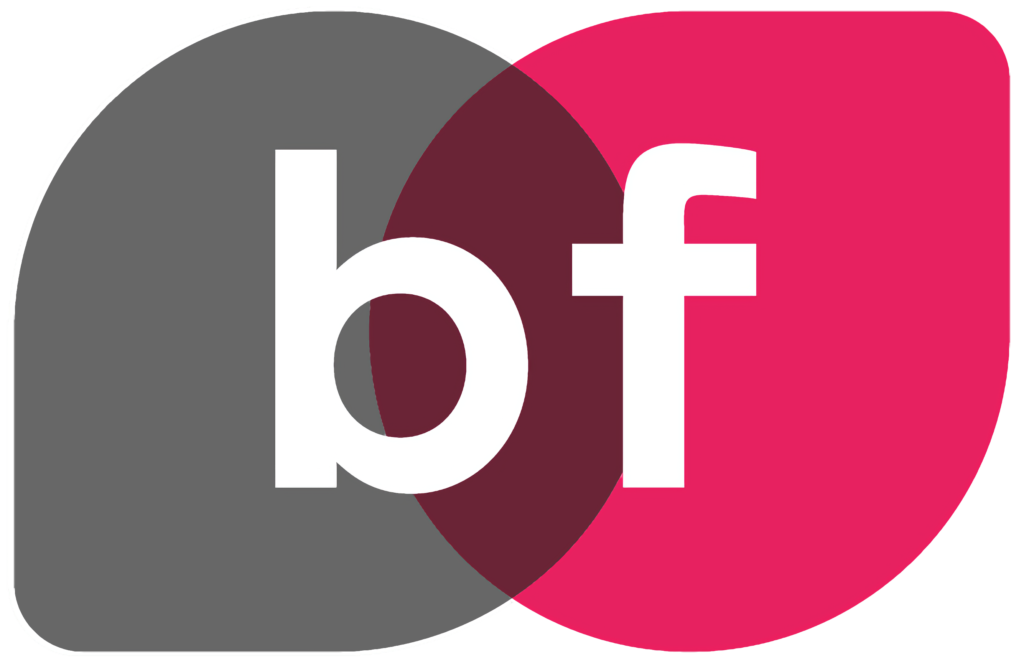With Donald Trump embarking upon a self-inflicted trade war with the rest of the world there is significant uncertainty in economic markets and uncertainty always leads to falling values.
There is concern amongst economists that the current trajectory will lead to stagflation, a word perhaps not widely understood outside of financial circles. Stagflation describes a period of low economic growth, high unemployment and high inflation. This is the Holy Trinity of negative economic indicators, typically leading into recession and highly challenging times for economies, investment markets and, ultimately, individuals’ back pockets.
So what do we do in periods of stagflation? Typically, the answer lies in purchasing real assets or perhaps Index-linked government bonds.
Real Assets
So what are ‘real assets’? A real asset simply means a physical presence. If you own shares in a company you get a piece of paper stating you own a number of shares (in fact in the modern world probably not even that as it’s more likely a digital certificate) but it’s not a tangible, real asset. Real assets are those physical items such as precious metals, commodities or the bricks and mortar of property.
Historically, these real assets have performed relatively well in these periods of stagflation. Precious metals can be extremely volatile so a difficult asset class to predictably invest in, and tradable commodities like coffee or soybeans are often little known by the average investor. Property, on the other hand, is an asset class known far better (especially in the UK) And perhaps is worthy of more consideration once again.

The property market has been viewed pretty negatively over the last few years. There are several reasons for this. Increasing stamp duty on purchases. Reducing the tax you can offset through a mortgage. Capital gains tax on sale. And perhaps, even more significantly, increasing tenants rights have led to many existing buy to let owners looking to sell their properties, and far fewer new entrants to the marketplace. That said the fundamentals of property investing remain largely unchanged. The key benefits are the strong rental income yield, long-term capital growth and the ability to raise a mortgage at competitive price that can provide a geared/leverage return on your capital.
The Impact of Tenants Rights on the Buy-to-Let Market
Tenancy rights have been enhanced. What this means is it is now harder for landlords to remove tenants very quickly if they’re not in any breach of their tenancy agreements. In reality, BTL property investing is a long-term investment commitment and having tenants remaining in your property year after year is the ideal solution so that you don’t have void periods or the additional cost and time of replacing existing tenants.
A good, long-term tenant is actually exactly what most landlords want. You do need to recognise it won’t be as easy to replace a tenant in future, but it’s also much more likely that this market will adapt to the new rules and many more investors might purchase properties with a sitting tenant rather than vacant possession. Given the number of buy-to-let landlords currently considering disposing of their existing portfolio, this condition is probably already starting to filter through. If you are a good quality landlord, keen to look after your tenant and therefore maximise the long-term returns from your property portfolio, the new tenancy rules really should hold little concern for you.
What About the High Taxes?
The UK does have one of the largest marginal tax rates against property in the whole of the world but there’s a good reason for this; The returns from UK property are, historically, also some of the highest and most consistent over lengthy periods of time. Remember, you only pay tax on your profits. This is if you are making a rental profit, or a profit on the increase in the value of your asset over time. Ultimately, this is what we’re trying to achieve; a profit. Paying away some tax on this is an expected feature of making a return.
The stamp duty up front is the single largest barrier to entry, with an additional 3% applied to the existing standard stamp duty rates. This means you may typically be paying more like 5% to 10% stamp duty on a purchase in the current market but again if you are investing for the long-term it’s probably easier to view this as a 0.5 to 1% pa tax charge over a 10-year term. It will reduce your total profit, but it doesn’t mean it erodes your profit entirely. If these high tax rates are a barrier to entry for many it means those that do commit to the buy-to-let market are likely to be buying into a smaller amount of available buy-to-let properties. And a shrinking supply of BTL properties is highly likely to drive up demand, and high demand is likely to drive up rents.

A Mortgage Can Increase Your Investment Potential
Using a mortgage allows you to effectively buy an asset worth significantly more than the amount of money you have available to invest. If you have £100,000 and you buy a £100,000 property, you’ll benefit from an income and growth based on that £100,000 value. If, however, you take £100,000 as a deposit and take a mortgage of £200,000 you can purchase a £300,000 property.
If we assume a £300,000 property effectively benefits from a rent that is three times the amount of the £100,000 property, and the growth of that property is three times as high as well, based on that differential in value the returns over time are significantly higher – less the maintenance cost of that mortgage. (i.e. the interest payments.) It is this leveraged return that has made property investing particularly attractive to investors historically.
Property prices have increased much slower than average in recent years and in certain periods have even fallen. This suggests that currently property is arguably better value as an investment than it might’ve been four or five years ago. There is an expectation for interest rates to fall over the coming years, albeit perhaps slower than many would like. But if income from rental yields increase, and property values increase over time, even with higher taxes applied to property investments there is still an attractive return to be made.
There are still options to help mitigate the tax liabilities through the likes of limited companies, utilising a mortgage, or if you’re a couple considering how rental income might be split, I would recommend seeking advice on these options if you do look into further buy-to-let investments.

The First Economic Rule
The final reason I would suggest you might still want to consider buy-to-let property as a good investment is the most fundamental reason that property has been an attractive investment in this country for many years; The first economic rule of supply and demand.
We live on an island with limited space. The UK remains a highly desirable country for many people to live in, setting aside political views on the pros and cons of immigration, ultimately our population has been increasing significantly year on year. This increases demand for property. Whilst the population has been going up, the supply of new property has failed to meet the state of government targets year on year for around 30+ years. In short, this means there are more people who want to buy quality housing and there is less quality housing available to them to buy. The result of this is higher prices over time. If the rental stock depletes as well this means the exact same point and rental costs also increase over time.
Restrictive planning rules make it very difficult to build new properties on the scale at which they are needed, and the protection of our greenbelt and green areas is highly likely to mean that this supply and demand differential will continue for the foreseeable future. The UK media is usually first in line to disparage this country and highlight all the many issues that we have. When you consider the quality of our schools, education, the countryside, low crime, good job prospects, history, culture, arts and many other attractive features compared to the rest of the world, the UK is still a very attractive place to live. We are far from perfect but the UK remains a highly desirable place to live, raise a family and ultimately invest in property.
As with any major investment decision, it is best to seek personalised advice.
Buying property for a quick profit is very risky and unreliable. Buying property for a long-term investment return remains a highly consistent asset class and suitably diversified from the significant volatility of global stock markets. Any good investment portfolio is built around the principles of diversification. Meaning don’t put all your eggs in one basket. If you have been put off property investing based on significant recent negative media coverage I would suggest there are enough merits to reconsider this position, especially in the current climate.
Before you enter the buy-to-let market you should be certain it is the right decision for you. You can do that be seeking financial advice from an Independent Financial Advisor like the team at Bigmore Financial Planning.
Article by Adam Nettleship
CEO Bigmore Associates
Chartered Financial Planner

If this article has piqued your interest, leave your contact details below and a member of our team will be in touch to schedule a no fee, initial consultation meeting.
 Market and Investment Update: Q1 2025
Previous post
Market and Investment Update: Q1 2025
Previous post



